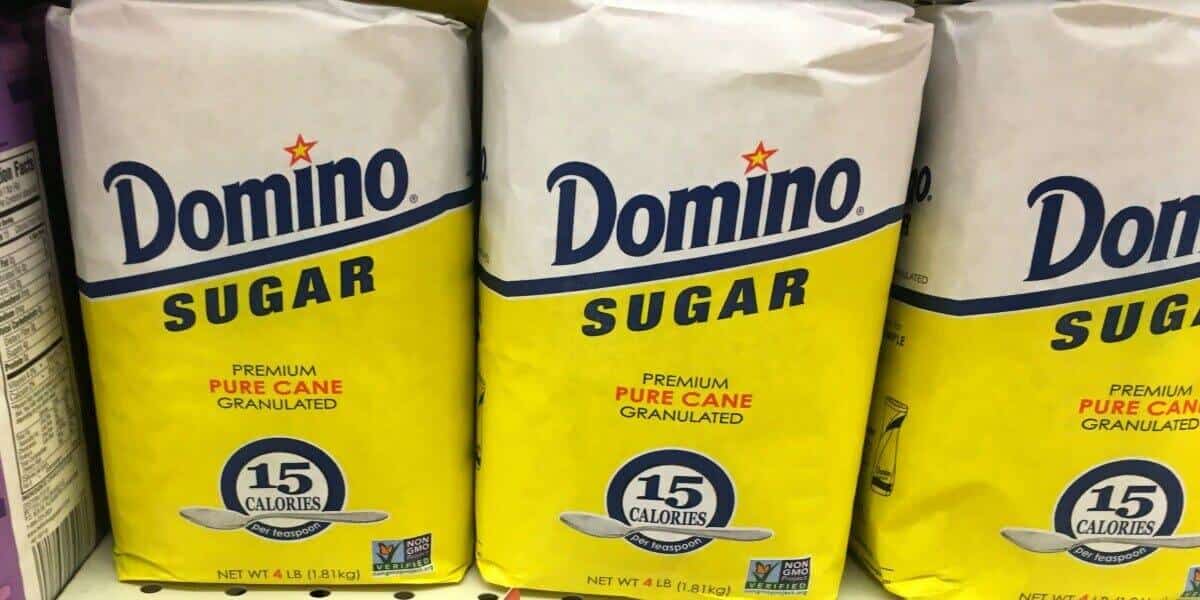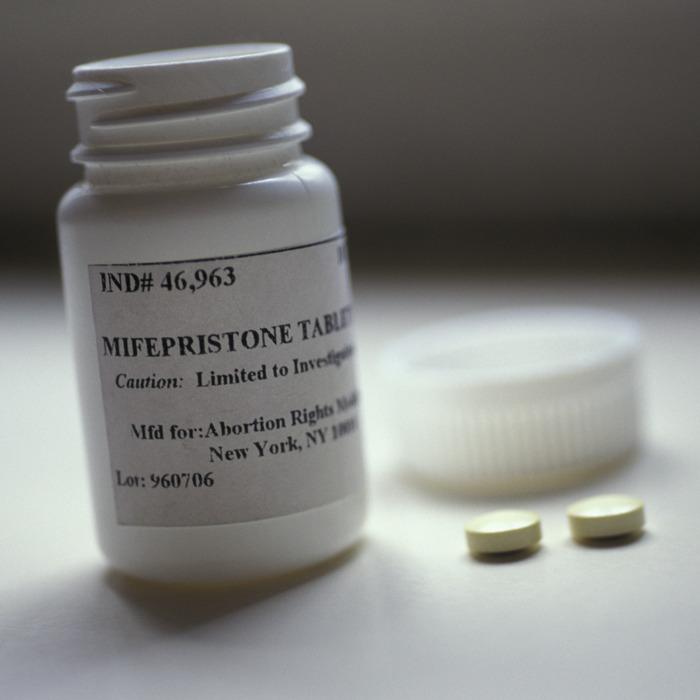Whether you are purchasing it for long-term emergency storage or just for your kitchen pantry, you may wonder how long sugar will last.
Well, the answer can be “indefinitely” if sugar is stored correctly. The package of sugar you buy at the store may include a “best before” date. According to the U.S. Sugar Co., headquartered in Buffalo, N.Y., you may safely use sugar long after that date.
However, the quality of sugar depends on how it is stored. Sugar is highly absorbent, so you must keep it away from any kind of moisture. Even sugar that is exposed to humid air may begin to harden and clump.
Brown sugar is especially susceptible to hardening. Hardened sugar is safe to consume, but it is more difficult — and unsightly — to use. To prevent clumping, store sugar in its original package or, if opened, in an airtight container placed in a dry environment.
Just 30 Grams Of This Superfood Provides More Nutrition Than An Entire Meal!
Also, keep sugar away from any heat sources such as stoves or ovens. Heat causes condensation, which eventually turns into water droplets that sugar can absorb. When sugar absorbs moisture, it clumps.
Hardened Sugars
You can soften hardened white sugar simply by breaking the clumps with a fork or the back of a spoon. To soften brown sugar, you can place it in a microwave-safe bowl and cover it with a lid. Heat in the microwave on high for 30 seconds. Check to see if the sugar has softened, and if not, try another 30-second interval. Repeat if necessary.
Although white sugar lasts longer when stored in a dry environment, brown sugar can be placed in an airtight container in the freezer for long-term storage.
If you are dealing with more than a few lumps, here are some more detailed instructions for restoring hardened sugar to its granular form.
White sugar — White sugar hardens when it absorbs moisture. To soften it, place it on a cookie sheet in a preheated 150-degree Fahrenheit oven for 15 minutes. Then break up the clumps with a spoon. Next, turn off the oven, leaving the softening sugar in the oven for about another hour.
 Brown sugar — Have you ever been ready to make cookies or a cake only to be confronted with hard brown sugar? Here are a few time-honored ways to soften brown sugar:
Brown sugar — Have you ever been ready to make cookies or a cake only to be confronted with hard brown sugar? Here are a few time-honored ways to soften brown sugar:
- Add a slice of fresh bread to the bag of brown sugar for a day or two.
- Place a damp paper towel next to the brown sugar package and enclose both in another plastic bag for a day or two.
- Place a washed and dried orange peel next to the brown sugar container so that the natural oils from the orange can soften the sugar. This process will take a few hours.
If you are in a hurry, place the brown sugar in a microwave-safe bowl and cover it with a damp paper towel. Microwave for about 20 seconds, but don’t go much longer or the sugar may turn into a gooey, unusable substance.
Powdered sugar — The cornstarch contained in powdered sugar will cause it to form lumps over time, and there is little you can do to prevent it. Use a fork or a spoon to break up the lumps.
Raw sugar — As with white sugar, place hardened raw sugar on a tray in a 150-degree Fahrenheit oven for 15 to 30 minutes, then break up the clumps with a spoon. Be careful not to overheat raw sugar, as it may burn.
Bug Problem
Insects like sugar for the same reason we do — it is sweet. Unfortunately, a bug infestation can cause your sugar to become unusable.
If you find bugs or signs of bugs in your sugar, throw it away and start over with a new supply that you store in an airtight container. Here are some natural ways to keep ants and other insects out of your pantry:
- Determine where the bugs enter your home and wipe away their trail with warm soapy water.
- Place coffee grounds near the bug entrance points.
- Wash down pantry or cabinet shelves with white vinegar.
- Grow mint plants around the perimeter of your home to discourage ant colonies.
- Place cinnamon sticks in and around your windowsills and doorways as a deterrent.
- Sprinkle cayenne pepper around cracks and crevices where you have seen ant activity.
- Hang or place dried bay leaves in cabinets where sugar and other sweet treats are stored to keep bugs at “bay.”
In conclusion, sugar will last indefinitely when stored in proper containers in cool, dark, dry areas that are free of bugs. Sugar can get hard or clumpy, but it remains safe to eat. You can purchase sugar in large quantities and store in a food grade bucket until needed.
One word of caution: Do not store oxygen absorbers with sugar. Oxygen absorbers will cause the sugar to harden into a brick and to have an unpleasant, chemical taste.
Do you have any sugar-storing tricks? Share your thoughts in the section below:











